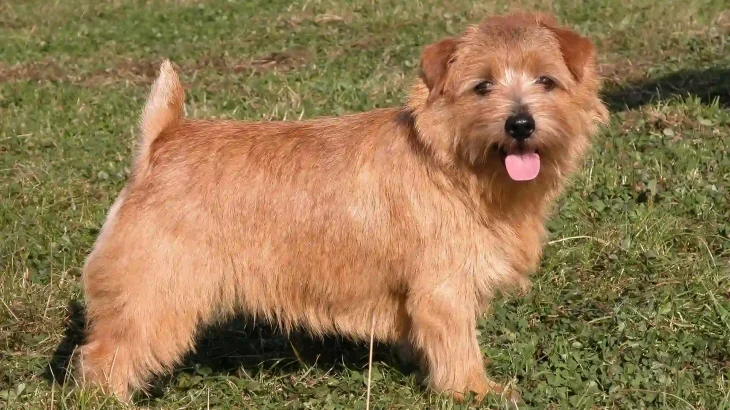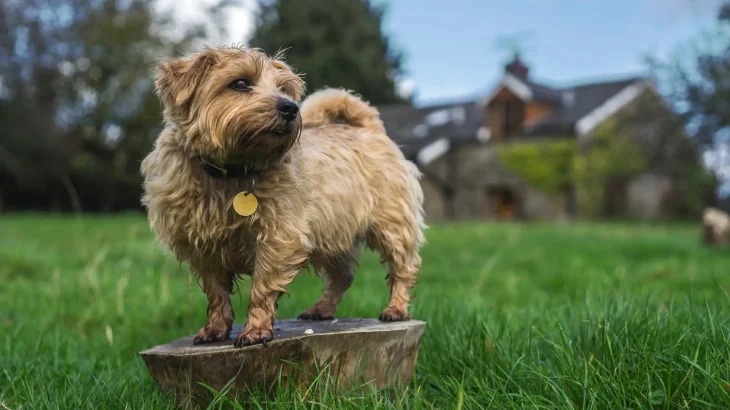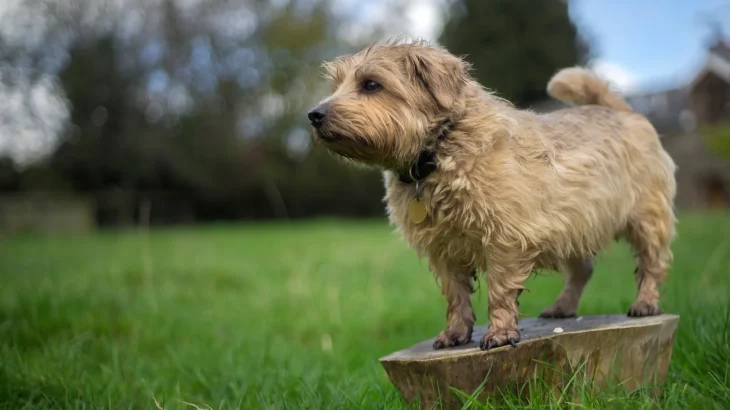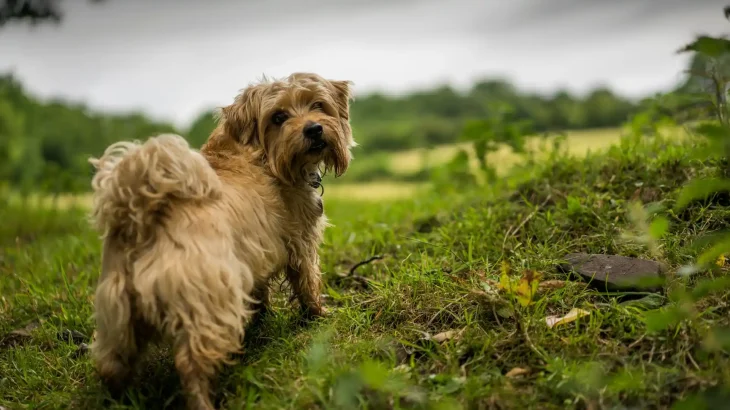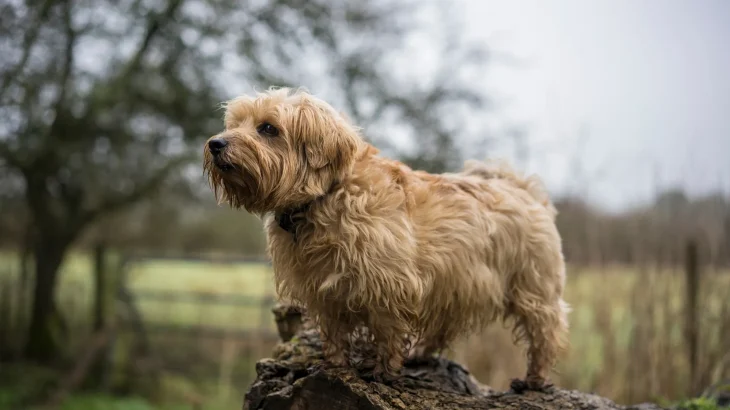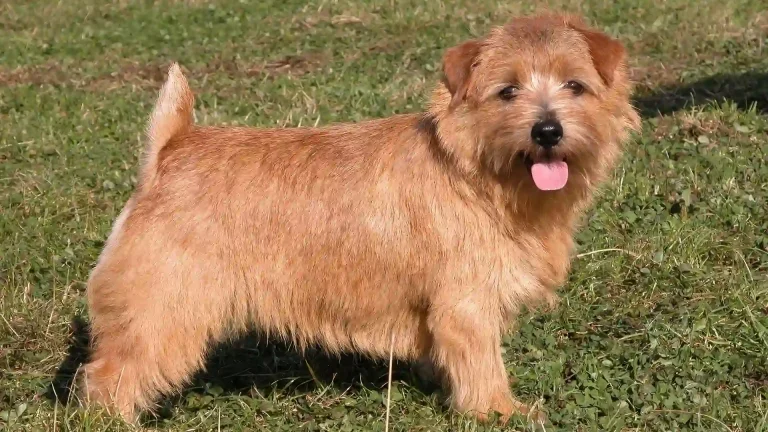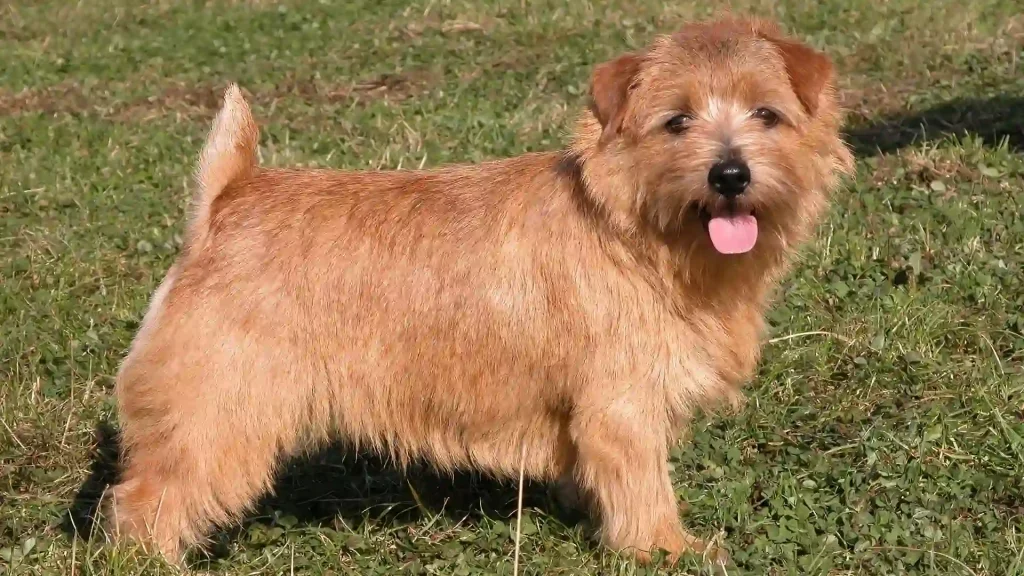When thinking about bringing home a Norfolk Terrier puppy, the choice between adopting and buying from a breeder comes down to priorities like cost, health transparency, and ethical considerations. Adoption offers a chance to give a dog a second chance, often at a lower cost, while purchasing from a breeder may provide more detailed insights into the dog's lineage and health.
| Criteria | Buying from Breeder | Adopting from Shelter/Rescue |
|---|---|---|
| Cost | Higher cost due to breed purity and care (usually several hundred to over $1000). | Lower adoption fees, often including vaccinations, spaying/neutering, and microchipping. |
| Health History | Detailed health screenings and genetic testing often provided. | Basic health checks done, but full history may be unknown. |
| Age Availability | Primarily puppies, allowing you to raise the dog from a young age. | Various ages available, including adult dogs ready for a new home. |
| Temperament Insight | Breeders can share temperament traits from lineage and early socialization. | Shelter staff may provide behavior observations, though full background might be missing. |
| Supporting Practices | Supports responsible breeding programs when chosen carefully. | Helps reduce shelter populations and gives a home to a dog in need. |
| Ethical Considerations | Important to ensure breeder follows ethical breeding standards. | Promotes animal welfare by rescuing dogs that might otherwise be euthanized or remain homeless. |

